- Write by:
-
Tuesday, November 9, 2021 - 10:56:46
-
572 Visit
-
Print
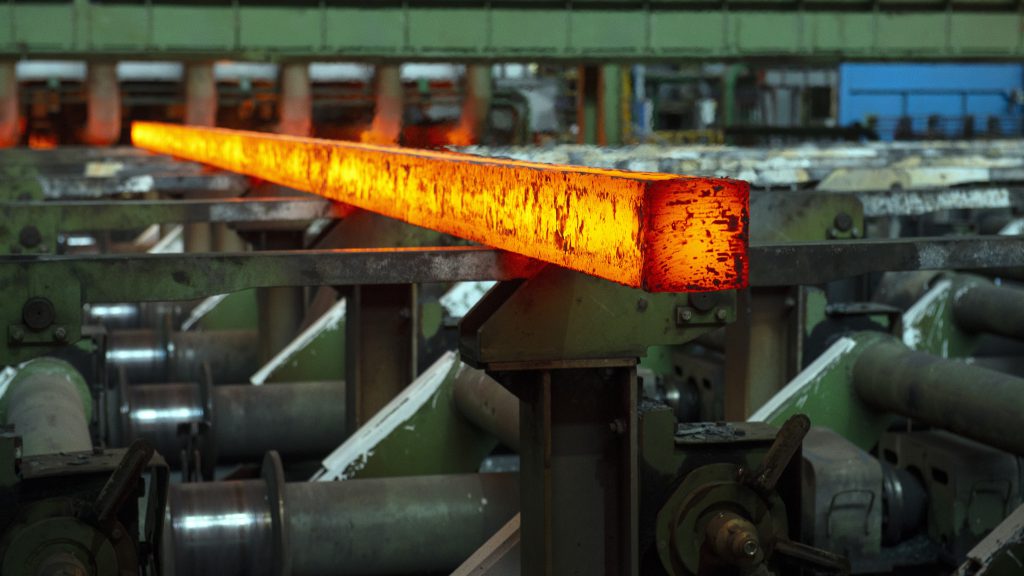
Mining News Pro - Spot iron ore prices are now lower than the depths plumbed during the early part of the global coronavirus pandemic last year, and market dynamics are yet to signal any recovery in top importer China.
An indicator of the state of the market has in the past been the differences between the various grades of the steel-making ingredient.
In times of strong demand, the lower grade 58% iron ore tends to outperform both the benchmark 62% and the high-quality 65% grades.
This is because steel mills in China, which buys almost 70% of global seaborne iron ore, try to produce as much steel as they can by running their plants at high levels of capacity utilization.
However, when steel demand weakens, as is currently the case, the mills tend to switch to using higher-grade iron ore in order to maximize the amount of steel produced from as small a quantity of raw inputs as possible.
The current pressure to conserve power in China amid a shortage of domestic coal ahead of the northern winter, also means steel mills will try to produce as much steel as possible while conserving energy.
This dynamic is reflected in the current spot prices, with 65% ore performing better than the lower quality material, notwithstanding that all three main grades have seen prices plummet since the record highs reached in May.
High-grade 65% iron ore, as assessed by commodity price reporting agency Argus, ended at $111.35 a tonne on Monday, down 58.1% from its all-time high of $265.80 on May 12.
The 62% grade was at $93.55 a tonne, down 60.3% from the peak of $235.55 on May 12, while 58% ore ended at $66.40, down 67.9% from its high of $207.10.
Conversely, when iron ore prices started rallying from their coronavirus lows as China ramped up stimulus spending to boost the economy, it was the 58% grade that outperformed.
It jumped 203.4% from its 2020 nadir of $68.25 a tonne to the peak in May this year, while the 62% grade chalked up a gain of 196% and 65% ore rose 181.3%.
It would therefore be logical to assume that an indicator of when the worst has passed for spot iron ore prices will be when the lower grade once again performs better on a relative basis to 65% ore.
Steel outlook
This is unlikely to happen until Chinese steel mills are allowed to once again maximize output, as they did in the first half of 2021 when several monthly record high production figures were achieved.
Given the energy crisis in China is not quite over, and there is also official pressure to limit air pollution over winter and ahead of the Winter Olympics in Beijing in February, it may be some time before steel output returns to potential.
China’s daily steel output in September was 2.46 million tonnes per day, the lowest since December 2018, and a drop of 21.2% from the same month in 2020.
Early reports suggest October’s steel output may be even lower than September’s, as the industry heeds the official target to limit annual production to no more than the record 1.06 billion tonnes from last year.
Output in the first nine months was 805.89 million tonnes, up 2% from the same period a year earlier, according to official data.
China’s manufacturing sector contracted for a second month in October, according to the official Purchasing Managers’ Index, a bearish signal for steel demand, while there are also questions over the resilience of the construction sector in the world’s second-largest economy.
Overall, there is little to suggest that China’s iron ore demand will stage a recovery in the coming months. Any such improvement will likely only come in the first quarter of next year and this assumes an improvement in the economy.
Short Link:
https://www.miningnews.ir/En/News/617021
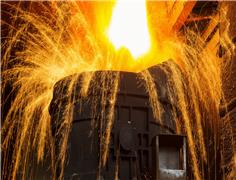
Iron ore futures prices ticked lower on Monday, weighed down by diminishing hopes of more stimulus in top consumer ...

AbraSilver Resource said on Monday it has received investments from both Kinross Gold and Central Puerto, Argentina’s ...
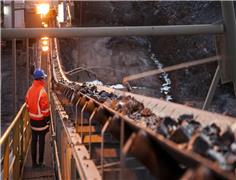
Copper traded near $10,000 a ton, hitting a new two-year high on its way, as investors continue to pile in on a bet that ...
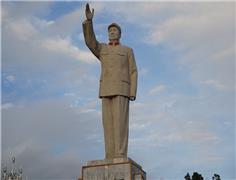
China’s state planner on Friday finalized a rule to set up a domestic coal production reserve system by 2027, aimed at ...

Chile’s SQM called another investors meeting at the request of its second-largest shareholder, Tianqi Lithium Corp., ...
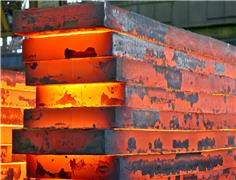
Iron ore futures prices drifted higher on Thursday as the latest soft data from top consumer China triggered renewed ...
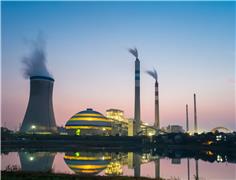
The world’s coal-fired power capacity grew 2% last year, its highest annual increase since 2016, driven by new builds in ...

Peabody Energy Corp. shares sunk to the lowest in seven months after the biggest US coal miner warned that first-quarter ...
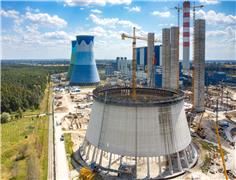
Polish government is abandoning plans to separate coal-fired power plants into a special company and is considering ...
No comments have been posted yet ...